How to wash off the paint without problems
How to wash off paint at home? Any repair in the room begins with the preparation of surfaces, with cleaning the walls of old paint. This is not an easy task, which is associated with the creation by manufacturers of new stable and durable coatings. However, there are different ways to remove any kind of paint with your own hands. How to do this, the article will tell.
The content of the article
Why flush old paint
In order to start cleaning surfaces, it is necessary to understand that the main reason that serves to timely remove the old coating from the walls is to ensure the future, full adhesion of their base with the new material applied to it. Old paint significantly reduces adhesion, which does not depend on the finishing methods used.
Some, in order not to remove the old coating, leave it, others are limited to half measures:
- New compositions are applied to the walls, for example, "Concrete contact", But its effectiveness will only be with deep absorption of paint into the wall. If it begins to exfoliate, the use of such a primer does not make sense. A roughness will appear on the upper layer, but this will not increase its resistance. Moreover, if reinforcement is located close to the wall surface, such aggressive compounds can provoke the appearance of metal corrosion.
- They make deep grooves or notches on the walls with any sharp tool: a chisel, a durable spatula, an ax. Notches can increase the adhesion of the surface and the new material, but they must be applied very efficiently: make them deep enough and very much, which is quite difficult.
Tip: Do not leave paint! At any time, a new coating may peel off the wall and fall.
How to remove paint
There are many different ways to remove paint, with its advantages and disadvantages.
All methods are divided into three groups:
- Chemical. Old paint is removed from the surface with various chemicals. In this case, the reagent is applied to the surface, a certain time is maintained, which is indicated by instructions for using the composition, it can be applied with a roller, brush or sponge. In this case, the mixture softens the paint layer, and then it is cleaned off with a spatula, scraper or wire brush.
- Thermal. In this case, a building hair dryer is used to remove old paint. In the absence of a hairdryer, it can be replaced with foil and an iron, but this method can only be used on flat surfaces. The process consists in a good heating with a hairdryer or iron through the coating foil and the removal of softened paint with a scraper or a hard spatula.
- Mechanized tools. This is the most effective and non-toxic method. But at the same time, a large amount of dust is formed, which penetrates even through small cracks and spreads over long distances, which requires the organization of insulation to clean rooms and existing objects in the room during repairs. When using a grinder with a wide circle or an electric drill with a nozzle, as in the photo.
How to wash off water-based paint
Tip: Before you wash off water-based paint, you must determine how firmly it adheres to the wall. If there are no areas with exfoliated paint - you can not remove it, and apply a new coating to the old paint.
Removing water-based paint is required when:
- Complete overhaul.
- Surface finishing with other materials incompatible with such a coating.
- Change the color from dark to light so that the dark color does not appear through the light, which does not depend on the number of layers applied.
Aqueous emulsion ink can be removed in several ways:
- Wash off.
- Anneal.
- The mechanical method.
When washing off the coating with water, it is necessary to prepare:
- A stepladder or a reliable, durable chair.
- Putty knife.
- On the long handle is a paint roller.
- Capacity.
- Metal brush.
- Plastic wrap or old newspapers.
- Respirator, safety glasses.
Water-based paint is:
- Water resistant. This type of coating is more difficult to wash off.
- Not water resistant.
When painting walls and ceilings with a non-waterproof emulsion of water, you can remove it in this way:
- Cover the furniture and floor with film or newspapers.
- Protect eyes.
- Wear a respirator.
- Prepare a container with warm water.
- The roller is wetted in water and held on the surface cleaned from old paint.
- The moistened surface is left to soak for 15 minutes.
- Soaked water emulsion is cleaned with a spatula.
- Not completely cleaned places are wetted again, or cleaned with a wire brush.
Tip: You should not moisten the entire ceiling or wall at once - the distant sections will dry out until the turn reaches them. You need to work in small areas, gradually moving across the surface.
To wash off a waterproof emulsion, you must:
- Carry a brush on the surface, leaving as many scratches as possible.
- Moisten the surface with water, which gets into the scratches that appear deeply penetrates, and then softens the layers of paint.
- Wetting is repeated until the surface is completely saturated and swells.
- The paint is brushed off with a hard spatula.
Water-based coating can be removed with a paste or wallpaper glue.
For this:
- The glue is applied to the paint.
- Paste the newspapers.
- The paper should adhere securely.
- After the glue dries, the spatula peels off the paper together with a water emulsion.
Tip: If you have a drill or hair dryer, remove the paint should be thermal or mechanical.
How to remove old paint from metal
Before washing off the old paint from the metal, the method of cleaning the surface is selected.
When using the mechanical method:
- The top layer is removed with a metal brush, knife or hard spatula.
- The surface is processed with sandpaper.
- A large and even wall is wetted with water, and then waterproof sandpaper is used.
With such paint removal, the process price is minimal, the surface will be of high quality, but it takes a lot of time and effort. If the surface is quite smooth, you can use a grinder with a special nozzle.
The chemical method or “flushing” consists in corroding the paint layer, bloating the varnish, and then in removing the coating residue with a spatula.
Wherein:
- Gels or ointment with a brush are applied to the desired surface.
- According to the instructions, you need to wait about 20 minutes.
- Old enamel will begin to swell, burst or corrode.
- Scraped off with a metal object.
- The surface is washed with soapy water.
- An anti-corrosion primer is applied immediately.
How to wash off paint from skin of hands
Many are interested in the question of what to do if a woman unsuccessfully stains. How to wash off paint from hands or scalp.
There are several ways to do this:
- Soda. In this case, a soft paste is made from one teaspoon of baking soda and water is gradually added dropwise. The composition is applied to stains of paint and rubs a little.
- Soaps can remove traces of fresh paint. The sponge is wetted in warm soapy water, and dirty places are wiped.
- Vegetable oil, which can be: linseed, sunflower, olive. The oil is heated and applied to the stains with a cotton pad. It is expected 15 minutes and washed off with water of a comfortable temperature.
- Alcohol-containing solutions, table vinegar. They will help to wash off even dried paint. Soiled leather is carefully treated with a sponge moistened with alcohol. The operation is repeated until the desired effect is obtained.
- Kefir. Traces of paint are wetted by the composition, last fifteen minutes, washed off.
- Toothpaste can easily and quickly get rid of paint on the skin. A thin layer is applied to the spots, given time to dry, and then washed off with warm water.
How to wash off ammonia-free paint correctly, what formulations to prepare before washing off black paint from human skin, the video in this article shows in detail.

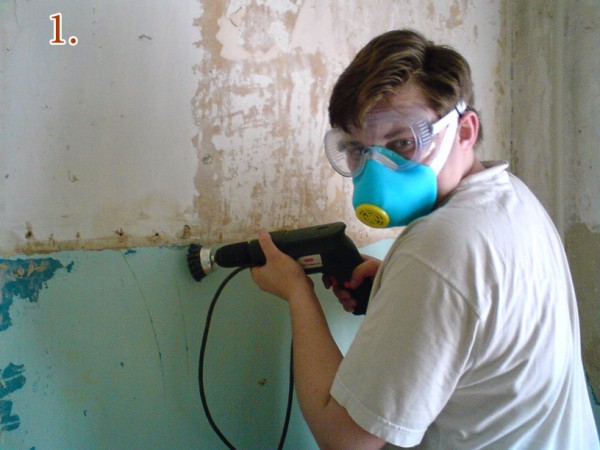
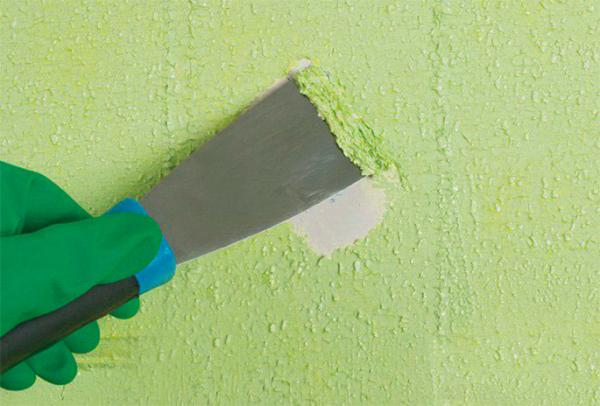

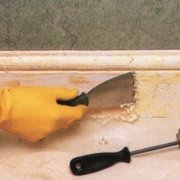

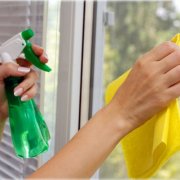
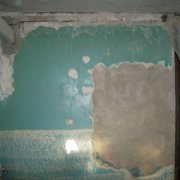
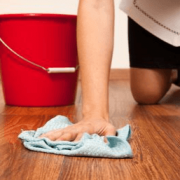
For wooden surfaces (most often these are window frames), in my experience, the thermal method is best suited. When heated with a construction hairdryer. old oil paint is blown up by bubbles and can be removed very easily, just a normal spatula. But on metal, this method works worse. I understand that this is due to the greater thermal conductivity of the metal.